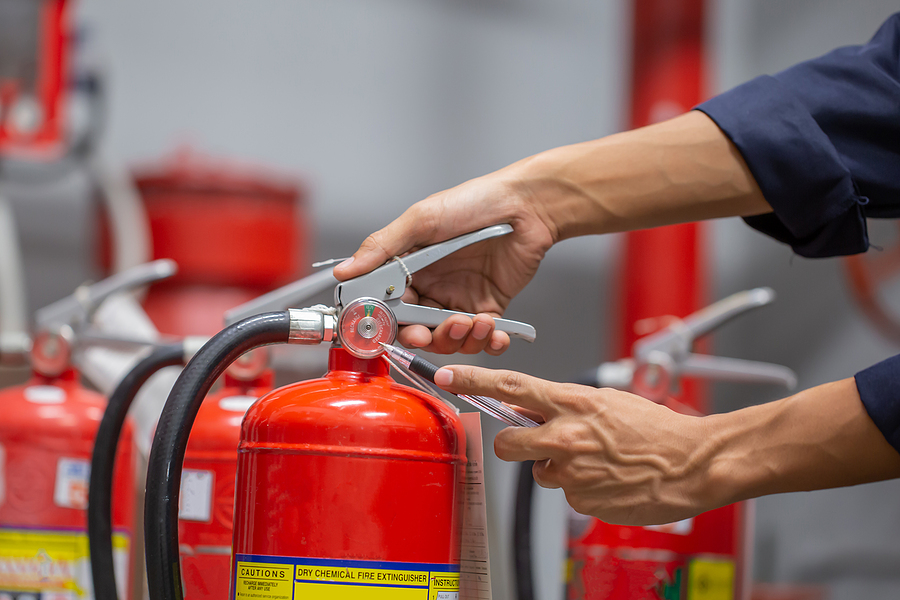Despite the fact that they may all seem to put out the same kind of fire, there are many kinds of fire extinguishers. In order to safeguard people and property and to be ready in case of a fire, it is essential to have the appropriate sort of fire extinguisher.
Here are 3 crucial factors to bear in mind while selecting the best fire extinguisher for your need.
What kinds of risks are you facing?
What kind of fire is most likely to start depends on the sorts of fire threats present in your house or place of business. Ordinary combustible materials, flammable liquids like oil or gas, or electrical gadgets and appliances are the most common fire threats.
Depending on the precise sort of fire they can put out, fire extinguishers are categorized. Newer fire extinguishers are labelled with drawings that depict the sorts of risks they may be used to extinguish, as opposed to older extinguishers, which have colored geometric markings that indicate their categorization.
- Class A: Commonly flammable materials (wood, paper, and fabric).
- Class B: Flammable liquids (oil, gasoline, and grease).
- Class C: Electrical tools and appliances
- Class D: Metals that can catch fire
- Class K: Cooking fats (animal fat, vegetable oil)
Extinguishers that are approved for use in homes and offices often have several uses, making them suitable for classes A through C.
What does the UL rating mean?
The UL rating may be seen on the fire extinguisher label as well. Underwriters Laboratory (UL) tests all fire extinguishers for performance and safety. You may compare the relative extinguishing performance of different fire extinguishers using these numerical ratings. In other words, the figures indicate how much of the fire the extinguisher can put out.
Class A and Class B:C classifications make up the UL rating. The number from 1 to 40 is next to the letter A. This is the extinguisher’s water equivalent, where 1 is equal to 114 gallons. For instance, the fire extinguisher has the same efficacy as 5 litters of water if its rating is 4A.
The square feet that the fire extinguisher can put out are shown by the numbers preceding B and C. For instance, a fire larger than 20 square feet may be put out using a 20: BC fire extinguisher. The letter C denotes that the extinguisher may be used on electrically charged equipment.
What size do you require?
Fire extinguishers must be big enough to put out a fire in its early stages but not so big and heavy that using them becomes challenging for the typical person. It’s important to consider the size of the space and how rapidly the fire can spread given the nearby dangers while choosing the appropriate size extinguisher.
The following extinguisher sizes are some of the most popular in homes and businesses:
- 10-pound fire extinguisher: Ideal for business settings, warehouses, and locations like garages or workshops where more hazardous items may be present.
- 5-pound fire extinguisher: Ideal for common workplaces and domestic settings
- 2-pound fire extinguisher: Best for vehicles or trucks
Learn how to use a fire extinguisher properly.
No matter what kind of fire extinguisher you choose, keep in mind that using it correctly is the most crucial aspect of the extinguisher’s efficiency. Make sure you and your staff are trained on how to use a fire extinguisher to put out a fire.
